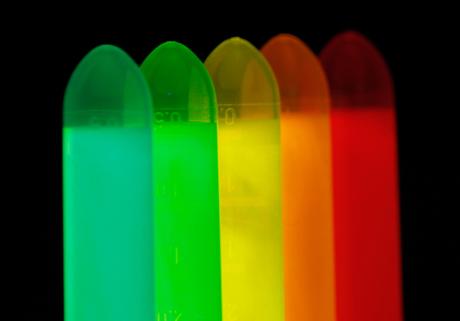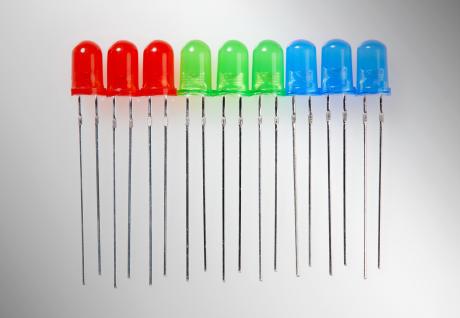Mature technologies offer advantages such as stable prices and familiarity that allow solution integrators to rely on their existing technical and market knowledge to satisfy customers’ needs quickly and cost-effectively. On the other hand, end users are always looking for new features and improved experiences, and products that fail to deliver become undervalued.
This is why it’s important to keep an eye on new technologies as they are evolving, to identify those that will transform markets and drive new opportunities in the future. The earlier we can identify these and begin to understand them the better, but we must also be realistic about when they will become relevant in the markets we serve.
Consumer tech as a radar
Obviously, I’m looking at this in the context of display technologies and Anders’ focus on high-end markets such as professional industrial and medical equipment and smart appliances. We can look at current trends in consumer markets such as PCs, mobiles and televisions to identify promising display technologies long before they become applicable in our space.
Right now, traditional TFT-LCD is a mature technology that we can use to quickly and efficiently develop solutions that meet our customers’ needs. Manufacturing yield is stable, quality is consistent, the displays are fantastic. But we need advancements to be able to create exciting and unexpected new products. The major consumer brands are already desperately looking for new technologies that will support new features and enable them to deliver sharper, more vibrant and immersive viewing experiences. Some, like quantum dot and micro LED, are showing promise. These could deliver advantages for our markets, too, if a few challenges can be overcome.
Quantum-dot, microLED, and more...
Quantum dot technology is applicable to TFT-LCD and OLED displays. Quantum dots are nano-sized photo-active particles that absorb light from the LED backlight and emit pure light with a very narrow spread of wavelengths that can be controlled according to the particle size.
The efficiency is also very high. This technology has now developed to the point that Hisense, among others, recently demonstrated large-screen televisions with amazing picture quality and colour gamut.

Cost-effective manufacturing processes based on inkjet printing have proved to be the critical development that has allowed this breakthrough, although it will be some time before quantum dot makes the transition into the industrial space.

While Quantum dot is effectively a technology optimiser, microLED is truly a new technology that could deliver an even bigger leap in performance. Power consumption and picture quality are far greater than either TFT-LCD or AMOLED can currently achieve. Although very interesting for applications such as smart signage, the LED-fabrication and back-end processes need to improve before microLED can first become widely used in high-volume consumer products.
What else is coming to the non-consumer display market?
These are just a couple of highlights that could become important technologies in non-consumer markets in the future. We can also expect new developments in flexible displays, leveraging improvements in processes such as inkjet feature printing and thin-film encapsulation to achieve lower cost, increased yield and greater reliability. The inefficiency of blue LEDs in AMOLED displays, compared to their red and green pixel neighbours, can also now be addressed with the advent of Thermally Activated Delayed Fluorescence (TADF).
I will look at these, and discuss the prospects for consolidation among display manufacturers, in upcoming posts.
Get in touch if you got any questions about Display Technology!


